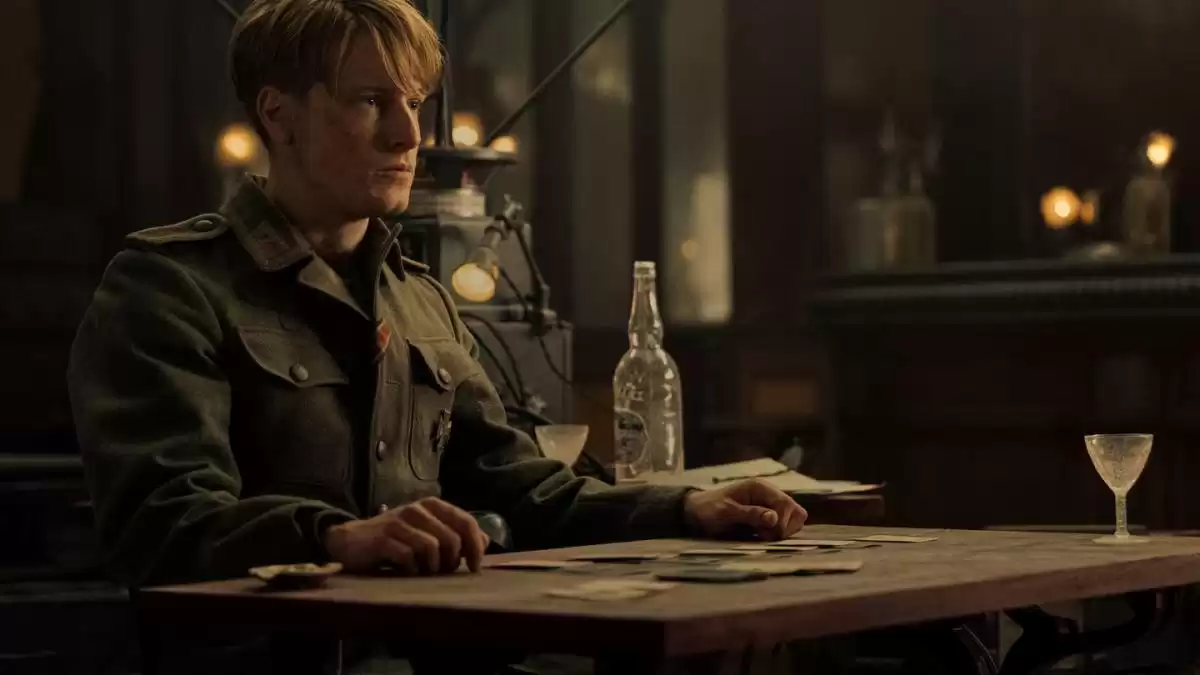All the Light We Cannot See: WWII Epic with Crossed Wires
Netflix's mini-series adaptation of the Pulitzer Prize-winning novel "All the Light We Cannot See" disappoints with its uneven pacing and one-dimensional characters.
Netflix has finally released a mini-series adaptation of the Pulitzer Prize-winning novel, "All the Light We Cannot See" by . While the show boasts a talented cast, stunning visuals, and impressive cinematography, the on-screen adaptation falls short in certain areas.
The story revolves around a radio broadcast from the French town of Saint-Malo during the final days of World War II. It follows the intertwined lives of two star-crossed lovers in a seemingly doomed world. The backdrop of the Nazi-occupied seaside city adds to the story's allure.
In the first episode, we are introduced to Marie-Laure LeBlanc, a blind girl portrayed by Aria Mia Loberti, who reads excerpts from Jules Verne's "20,000 Leagues Under the Sea" on the radio each night. Werner Pfennig, played by Louis Hofmann, is a reluctant Nazi soldier tasked with locating and destroying anti-German radio broadcasts. However, he becomes captivated by Marie's readings, and their connection begins to resemble a modern-day Romeo and Juliet.
It is important to note that amidst the romantic storyline, the main driving force of the narrative revolves around Marie's father, Daniel, played by Mark Ruffalo. He is a museum curator trying to protect a cursed diamond coveted by a Nazi named Reinhold von Rumpel, portrayed by Lars Eidinger. Von Rumpel's relentless pursuit of Marie creates a link beyond the radio waves, connecting her to Pfennig.
While "All the Light We Cannot See" is undeniably a beautiful story with stunning visuals, the pacing of the mini-series feels inconsistent, and the frequent jumps between timelines create a sense of awkwardness on screen that was not present in the original novel. Additionally, the limited duration of a mini-series does not allow for a deep exploration of each character or the intricacies of their broken worlds.
Fans of the book may find the characters in the adaptation to be one-dimensional, lacking the depth and complexity they were expecting. Furthermore, it can be challenging to sympathize with Pfennig, a Nazi soldier, despite the implied reluctance he feels towards his role.
Ultimately, the uneven pacing and frequent timeline jumps result in a disjointed viewing experience. Similar to the broken radio that Pfennig attempts to fix in the first episode, the on-screen adaptation of "All the Light We Cannot See" could benefit from some restructuring.











Comments on All the Light We Cannot See: WWII Epic with Crossed Wires